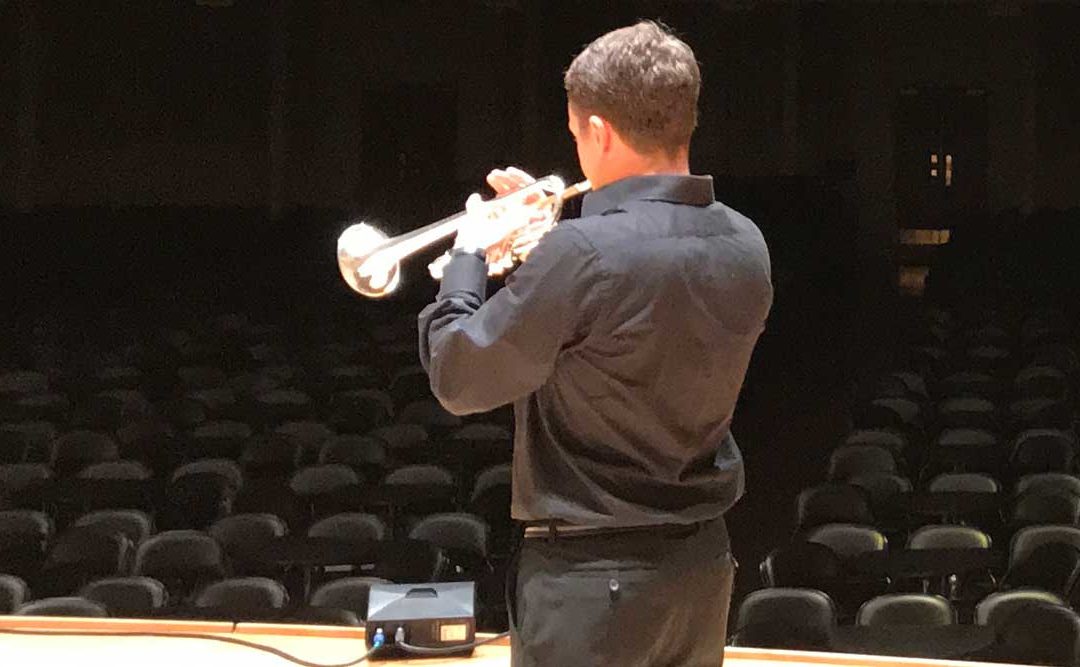Alpine Symphony – a need for peak efficiency – pun not intended!
In high school and then college, my friends and I were constantly trying to bang out the high Ds in Alpine Symphony with varying degrees of success (and bruising of the chops)! I was shocked when I finally realized that it wasn’t supposed to be crushingly loud at figure 68, but F and then (GASP) mf on a high D… But mine would only come out at the speed of PLAID (Spaceballs reference to light-speed for those of you under 40).
For years, I thought the key was to build up my chops. I was forever working on flexibility and range and more often than not running into the same brick wall. I didn’t realize what the barrier was until very recently.
One of the things I talk with my T5 students is the idea that there is so much more to it than just the chops. My fancy name for it is integrated mechanics for the trumpet: learning to use your whole body to play more efficiently.
- Arnold Jacobs-style breathing
- Song and Wind concepts (insert hyperlink the book)
- Breathing bag and Breath-builder (hyperlinks here too) techniques for ease of airflow
- Alexander Technique and its benefits for trumpeters
- Which muscles are needed to play and which are not
- Singing – the best way to practice away from the trumpet to strengthen musical ideas and improve airflow and articulation
- How flexibility is improved by understanding the proper function of the tongue
- How various physical exercise habits have helped my playing
Here are some clips from the Sound Truth Library™ from Alpine Symphony that require focus on the techniques above to make it sound easy. Happy practicing!
Related Articles
Related
How to Try & Buy The Perfect C Trumpet
I get a lot of questions from people asking what’s the best way to try trumpets. It is especially difficult when you’re younger to try trumpets effectively: and I would be a good example of that. I had a fairly bad c trumpet for all of my undergraduate years and into my first job. I was kind of left to my devices to choose my instrument and when you’re a little less consistent it’s harder to effectively choose an instrument that is right for you. That was why I ended up with a bit of a clunker!
Reframe and Redirect – A More Thoughtful Way to Practice
I had some fun writing this for Trumpet Magazine Online, a publication that has most of its following in Europe. I thank my students both in my T5 Mastercourse and the New England Conservatory and their hard work, which reminded me of these lessons – I often need to remind myself that they work for me too!.
How to Make Audition Recordings
What’s the biggest difference between a recorded audition and a live audition? You have the ABILITY (double edged sword here) to record it as many times as you want or have time to with a recorded audition. When it is live, you get one shot. Most of the recorded auditions now are being asked to be done straight-through, with no edits. This takes more planning and preparation than being able to record one selection at a time. It also gives us as the listeners a better overall idea of your playing.

